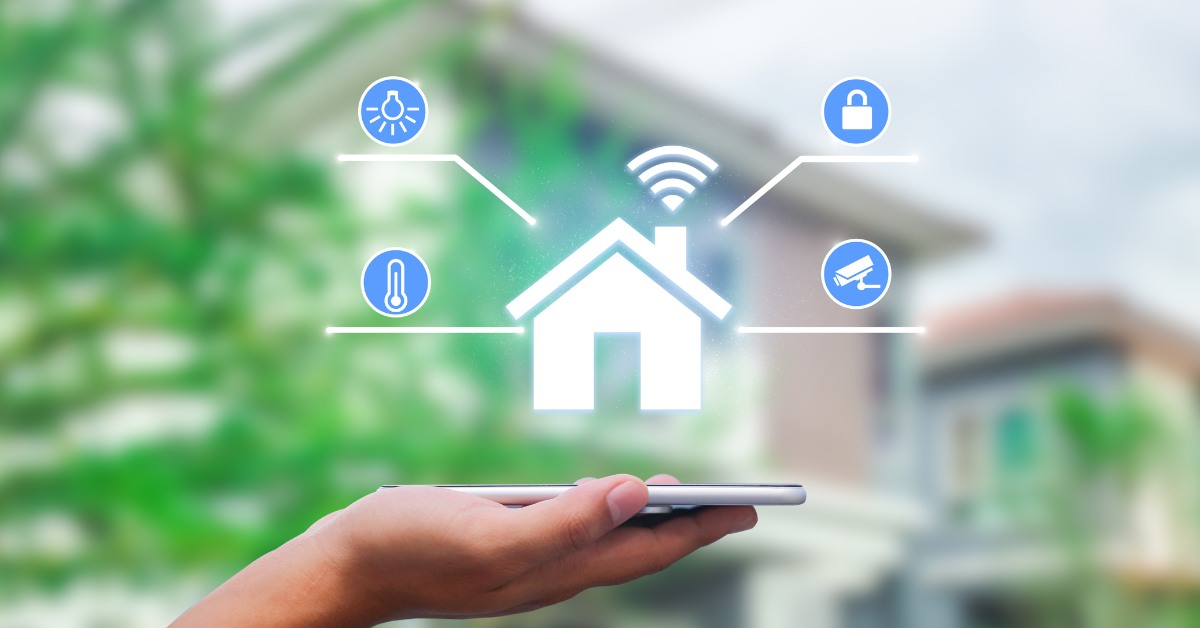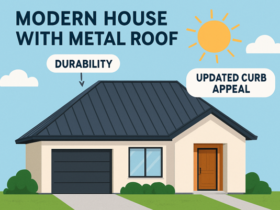Smart homes used to sound like something from a sci-fi movie. But now? They’re totally normal. Lights that turn on when someone walks into a room. Air conditioning that cools the house down before anyone even gets home. Fridges that remind people what to buy. It’s not the future anymore—it’s just Tuesday.
But what’s even cooler is how smart homes aren’t just about gadgets. They’re also getting better at making homes more comfortable and energy-efficient at the same time. That means less guessing, less waste, and way more chill (or heat) exactly when it’s needed.
Comfort that Thinks Ahead
One of the most popular features in smart homes is climate control. Basically, the house keeps itself at just the right temperature without anyone lifting a finger. Smart thermostats learn routines—when people wake up, when they leave, when they go to sleep—and adjust the heating or cooling to match. That way, it’s never freezing in the morning or boiling when walking in after school.
But it doesn’t stop there. In places like Canberra, where the weather can flip from super cold to super hot fast, people are switching to systems that can handle both. That’s where reverse cycle installation canberra makes a big difference. These systems can heat and cool in one unit, which saves space and energy. When combined with smart controls, they don’t just turn on and off—they adjust based on time of day, outdoor temps, or even which rooms are being used. It’s smart, simple, and keeps energy bills from going wild.
Lights That Know the Mood
Ever notice how lighting changes everything? Bright white lights are great for studying or cooking. Softer, warmer lights feel better for watching a movie or relaxing. Smart lighting lets people switch between those moods in a second—right from a phone or even by voice.
What’s even better is how lights can be set to match routines. Morning lights can fade in slowly to help wake up without feeling shocked by brightness. At night, they can dim automatically to get everyone in wind-down mode. And no more yelling across the house to turn off lights—just set a schedule or use motion sensors.
Smart bulbs also save energy by using LEDs and only turning on when needed. That means less waste and bulbs that last way longer.
Smarter Than Just “On” or “Off”
The coolest part about smart homes is how different pieces work together. The air conditioner isn’t just blasting randomly. It checks if someone’s home. It might lower the temp only in the rooms being used. Windows might close on their own if it gets too windy. Blinds might go down in the afternoon to block harsh sunlight and keep things cool.
All of this adds up. Instead of guessing what settings to use, the house figures it out. It’s not just about being fancy. It’s about being comfortable all the time without wasting energy or money.
Talking to the House
Voice assistants like Alexa, Google Assistant, or Siri make it easy to control smart homes without touching a thing. Just say, “turn on the heater,” and it happens. “Dim the lights in the living room,” and they listen. No more hunting for remotes or walking from room to room.
For people with busy lives or limited mobility, this is a game changer. It means more freedom, less stress, and more time to enjoy being at home.
Staying Safe Without Stressing Out
Smart homes also help keep people safe. Doorbell cameras show who’s outside before opening the door. Motion sensors and alarms can send alerts to phones. Some systems even let people check on pets or family members while they’re out.
Window and door sensors can make sure everything’s locked up at night. Smoke detectors can send out alerts before things get serious. It’s not just about fancy gadgets—it’s peace of mind without a bunch of effort.
Saving Energy Without Trying
The best part about all these systems is how they help save energy without anyone having to think about it. Heating and cooling only happen when needed. Lights turn off on their own. Appliances can run at off-peak times when electricity is cheaper.
Even small things make a difference. A smart plug can stop a game console from sucking power all night. A washing machine can run during lunch when solar panels are getting the most sun. Everything works together to use less and save more.
And yeah, the upfront cost of smart tech can seem high. But in the long run, it often pays off in energy savings, comfort, and way fewer things to worry about.
It’s Getting Easier for Everyone
Not long ago, setting up a smart home meant needing a bunch of tech knowledge. Now? It’s as easy as downloading an app or asking a smart speaker to do it. Most devices walk users through setup step by step. Some even connect automatically.
New systems are also being built to work together, even if they’re from different brands. That means no more needing five apps to control five things. Everything runs from one place, and updates keep making it better.
Even renters can get in on it. Smart bulbs, portable heaters, Wi-Fi plugs—none of it needs rewiring or permanent changes. It’s easy to take it all when moving, too.
What This Means for the Future
Smart homes aren’t slowing down. The tech keeps improving, and prices are getting better. That means more homes—big, small, new, or old—can become smart and comfy.
In the future, homes might even fix problems before anyone notices. A smart system could see that the heater is acting weird and set up a repair before it breaks. Lights might adjust based on someone’s mood or health. Homes could even remind people to open a window when the air quality gets bad.
For now, it’s just cool to know that being comfy, safe, and energy-smart doesn’t have to be hard. With just a few smart choices, any home can feel better every single day.
Key Takeaways
Smart homes aren’t just for showing off or being lazy. They actually make life easier, save money, and help people stay comfortable in ways regular houses just can’t. From smarter heating and cooling to voice-controlled lights and energy-saving gadgets, everything is designed to work together—and make everyday life better.
Whether it’s through something simple like a smart plug or a full system like reverse cycle heating and cooling, it’s clear that homes are only going to get smarter from here. And the best part? Getting started is easier than ever.







